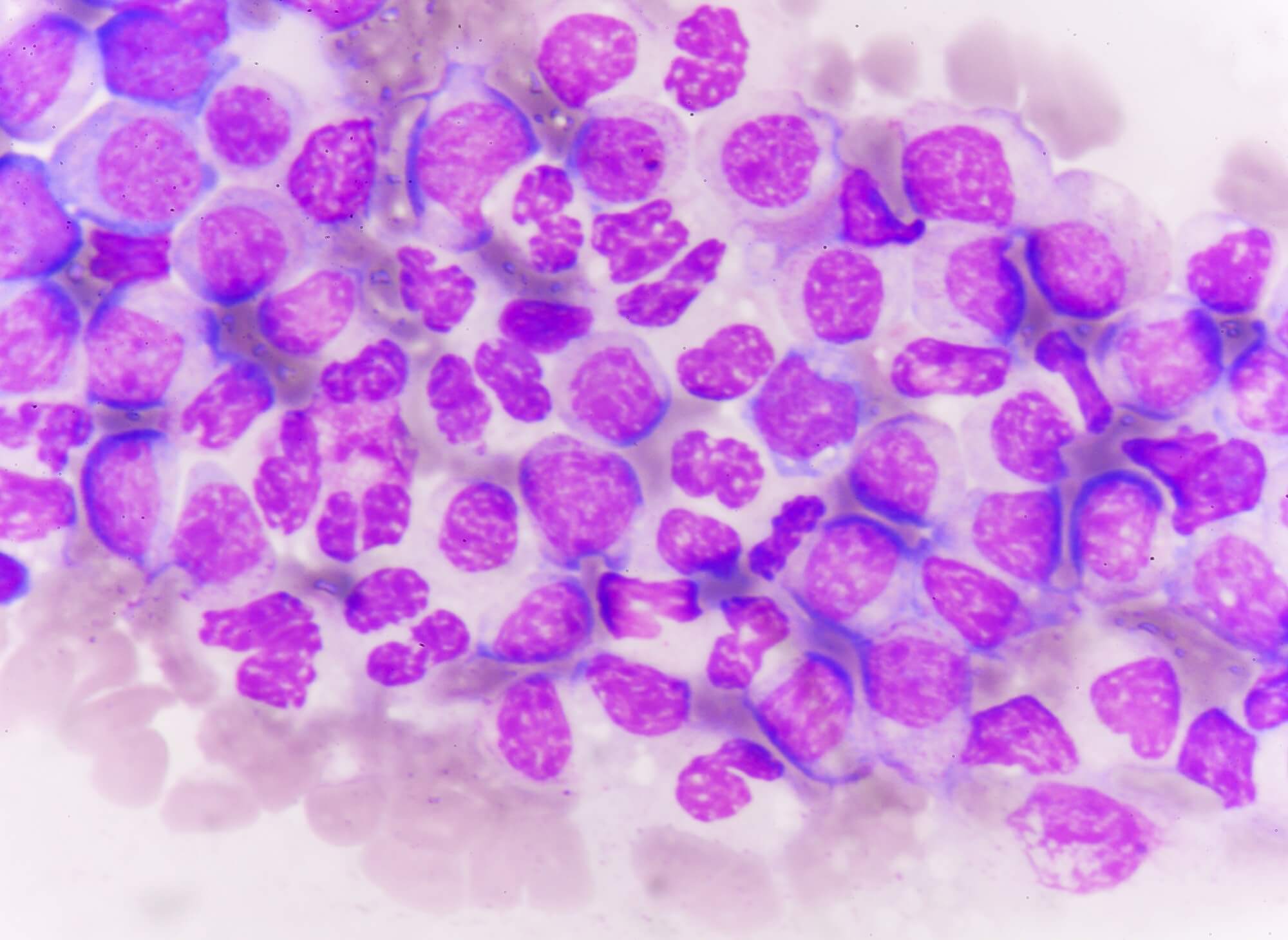Patients with chronic myeloid leukemia (CML) may experience a higher incidence of second hematologic malignancies compared with the general population, according to results published in the International Journal of Hematology.
Treatment with tyrosine kinase inhibitors (TKIs) has led to improved survival for patients with CML but at the cost of potentially increased risk for second malignancies, which account for 17% of deaths in this patient population. Therefore, researchers aimed to characterize the incidence and features of second malignancies in patients with CML in the era of TKI treatment.
Researchers used the Surveillance, Epidemiology, and End Results (SEER) Program of the National Cancer Institute to obtain diagnostic and demographic data for 13,276 patients with CML diagnosed between 2001 and 2014. Of these patients, 597 (4.5%) exhibited second malignancies, with 2 or more malignancies present in 34 patients. Malignancies were most commonly seen in the male genital system (130/597), digestive system (129/597), and the respiratory system (92/597).
The cumulative incidence rate of death for all patients was 30.5% at 5 years and 41.8% at 10 years; the cumulative incidence rate of second malignancies was 4.4% at 5 years and 7.2% at 10 years. Median survival for patients with second malignancies was 113 months, compared with 159 months for patients without second malignancies (P =.191). Leukemia-related conditions, noncancer medical diseases, and second malignancies were responsible for the majority of patient deaths.
The overall standardized incidence ratio (SIR) compared with the general population was 1.204, and overall excess absolute risk was 1.714 per 1000 person-years at risk.
SIRs were increased for malignancies in the male genital system (1.593), skin (1.588), urinary system (1.366), and digestive system (1.291) and decreased for breast cancer (0.665).
The researchers noted that “the risk of second malignancies appeared to be constant over 10 years,” suggesting that TKI therapy duration did not have an effect on second malignancy development. However, they acknowledged that the SEER database did not contain information regarding what kind of TKI was used, if one was used at all, making it difficult to determine whether TKI therapy and CML led to second malignancy development or if other risk factors were involved.
Reference
1. Sasaki K, Kantarjian HM, O’Brien S, et al. Incidence of second malignancies in patients with chronic myeloid leukemia in the era of tyrosine kinase inhibitors [published online March 4, 2019]. Int J Hematol. doi:10.1007/s12185-019-02620-2
This article originally appeared on Hematology Advisor
